Retro Replay Review
Gameplay
Head Buster positions itself as a “future sports” spectacle, blending tactical strategy with arena combat. Each match unfolds on a top-down, horizontally scrolling playfield where you control a squad of customized robots. Before the battle begins, you visit the in-game shop to purchase and outfit your units with movement units, armor plating, weapons and support modules. This pre-match customization is crucial, since your budget dictates whether you field nimble scouts armed with long-range rifles or lumbering heavy units bristling with short-range cannons.
(HEY YOU!! We hope you enjoy! We try not to run ads. So basically, this is a very expensive hobby running this site. Please consider joining us for updates, forums, and more. Network w/ us to make some cash or friends while retro gaming, and you can win some free retro games for posting. Okay, carry on 👍)
The action is divided cleanly into movement and combat phases. During the movement phase you plot each robot’s path across varied terrain tiles—some offer speed bonuses, others impose slowdowns. Once both sides have submitted their moves, the combat phase resolves all encounters simultaneously, which introduces a thrilling unpredictability: you can’t be certain whether your unit will outrange the enemy or stumble into a crossfire. It keeps you on your toes, but can also lead to occasional frustration when your carefully planned advance gets thwarted by unseen enemy maneuvers.
Besides offensive and defensive equipment, you can install sensors, communications arrays and support modules to grant special abilities like dodging incoming fire, deploying temporary shields or even minor self-repairs. Deciding whether to mount an extra ammo pack or invest in a healing system becomes a delicate balancing act—if you run out of bullets, your shot-heavy robot turns into little more than a sitting duck. These choices give each match its own flavor, rewarding thoughtful loadouts and punishing overly aggressive or myopic strategies.
Graphics
On the visual side, Head Buster opts for a functional 2D presentation with crisp, sprite-based robots and terrain tiles. The clean art style ensures that every unit and battlefield element is easy to distinguish, an important consideration when dozens of mechanical combatants crowd the screen. The color-coding of teams (red vs. blue) remains sharp even when the action intensifies, preventing moments of confusion that can plague similar top-down strategy titles.
That said, the game’s graphical ambitions stop at clarity rather than spectacle. There are no dynamic lighting effects or elaborate enemy animations—explosions are represented by simple sprite flashes, and movement occurs in fixed-frame increments. While this minimalism may appeal to purists who prioritize readability over flourish, players expecting flashy VFX or cinematic camera work may find Head Buster somewhat underwhelming.
Terrain diversity helps break up the monotony of plain metal floors: dusty desert plates, overgrown green zones and reinforced alloy tiles each bring unique visual cues and tactical implications. Subtle animations like swaying foliage in forest squares or dust clouds in sandy areas add occasional life to the battlefield. Overall, Head Buster’s graphics serve the gameplay reliably, if without the polish seen in higher-budget strategy releases.
Story
Head Buster’s narrative framework is delightfully straightforward: robot teams compete in a televised sport of tactical warfare, vying to destroy the opposing base rather than simply annihilate enemy units. There’s no sprawling campaign tale or deep character arcs—just raw competition and the thrill of outmaneuvering your opponent. This lean approach keeps the focus squarely on strategy, but may disappoint players craving elaborate plot twists or memorable mech pilots.
Between matches, brief text blurbs contextualize the league standings and occasionally hint at rivalries between teams, but these interludes rarely extend beyond a sentence or two. If you enjoy building your own stories or imagining the corporate sponsorships and behind-the-scenes politics of robot sports, there’s fertile ground here—yet you must supply most of the color with your own imagination. The lack of voiced dialogue or animated cutscenes underscores the game’s emphasis on mechanics over melodrama.
Ultimately, Head Buster treats its futuristic setting more as a functional shell than a narrative drive. Fans of mech-based anime and strategy may appreciate the nod to Super Robot Taisen’s tactical feel, but if you’re seeking a richly woven sci-fi saga, you may find yourself wanting more background lore, deeper character motivations or even branching story paths. What exists is serviceable, but never intrusive.
Overall Experience
Head Buster delivers a stripped-down, strategy-first experience that will appeal to players who love the mental challenge of positional combat and careful resource management. Its simultaneous movement/combat resolution and wide customization options provide layers of depth, ensuring that no two matches feel exactly alike. The “future sports” premise helps frame each battle as a competitive event, adding a meta-layer of excitement as you climb the league ladder.
Yet the game’s minimalist presentation and modest production values may leave some players longing for more polish. The UI can feel a bit clunky when equipping robots in the shop, and the absence of real-time feedback during movement decisions occasionally leads to frustrating surprises. If you’re accustomed to highly refined strategy interfaces or crave cinematic flourishes, Head Buster might feel rough around the edges.
For purchasers seeking a budget-friendly, mechanics-centric robot combat game, Head Buster offers solid strategic thrills and high replay value. It shines best when you embrace its lean design—focusing on tactical experimentation, tight turn planning and the joy of outsmarting your opponent. If that core appeal resonates, you’ll find a satisfying, if unembellished, strategic arena experience.
 Retro Replay Retro Replay gaming reviews, news, emulation, geek stuff and more!
Retro Replay Retro Replay gaming reviews, news, emulation, geek stuff and more!
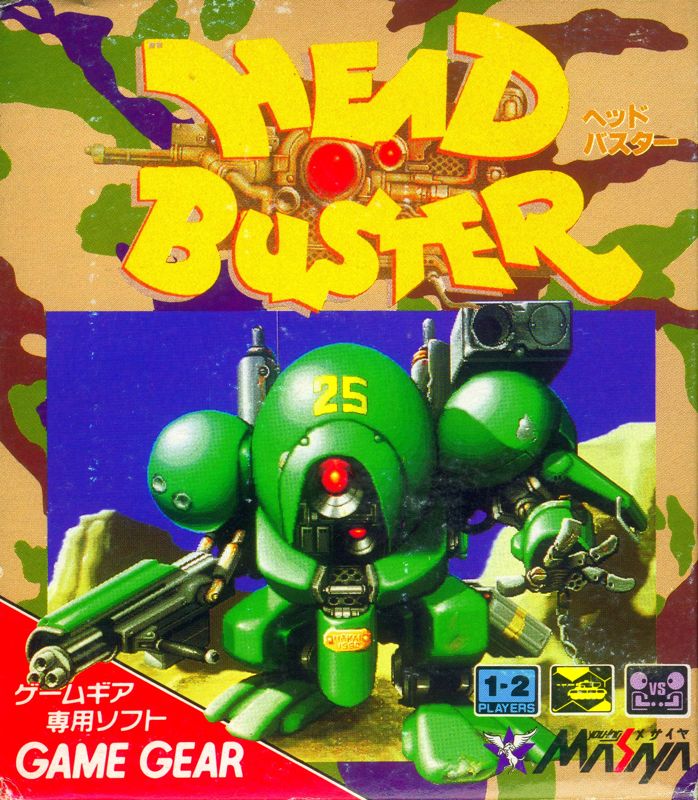
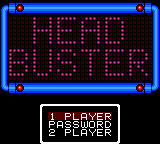

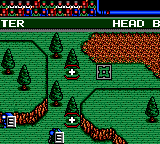
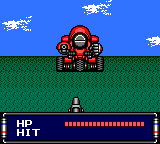
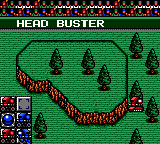
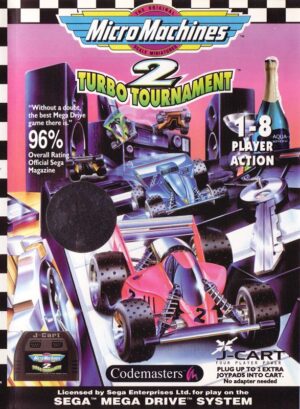

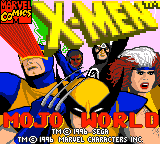
Reviews
There are no reviews yet.